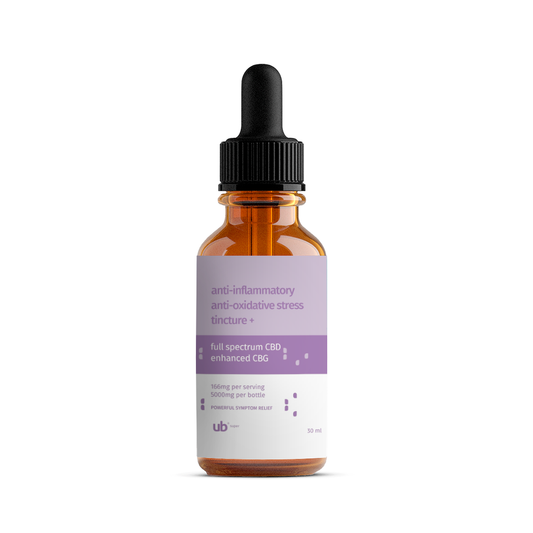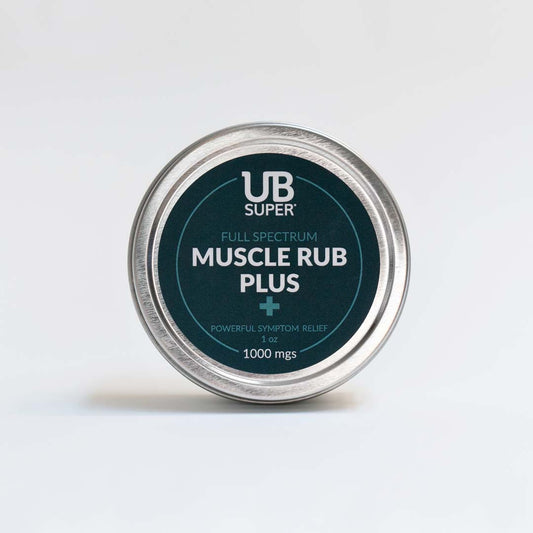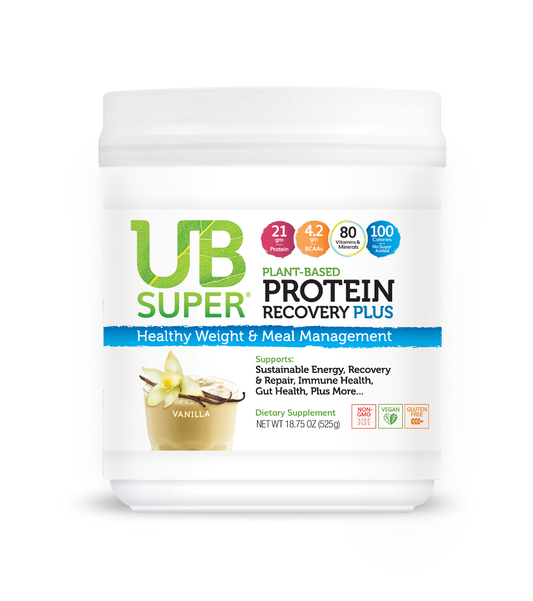All About Cannabinoids
CANNABINOIDS & THEIR BENEFITS:
Cannabinoids
- There are more than 100 cannabinoids, including CBD and tetrahydrocannabinol (THC). CBD and THC are responsible for the therapeutic and psychoactive effects of cannabis products.
Endocannabinoid System (ECS)
- The body’s ECS functions to keep the body in its balanced state of homeostasis. Depending on the area of the body, the ECS performs a different function specific to that area. For example, at a site of injury, the ECS regulates immune cells to limit inflammation in that area.
Entourage Effect
- The Entourage effect is a synergistic effect that can have health benefits when all of the active ingredients in cannabis (phytocannabinoids, terpenes, flavonoids and healthy plant fats) work in tandem. When all of these active ingredients are combined, they work to enhance and regulate each other.
CBD — Cannabidiol
- The second most abundant active ingredient found in marijuana, but is derived directly from the hemp plant, which is the cousin of the marijuana plant.
- A component of marijuana that, by itself, does not cause a “high”
- The World Health Organization states that “CBD exhibits no effects indicative of any abuse or dependence potential…. To date, there is no evidence of public health related problems associated with the use of pure CBD.”
- There is strong scientific evidence for its effectiveness in treating and even curing “some of the cruelest childhood epilepsy syndromes, such as Dravet syndrome and Lennox-Gastaut syndrome (LGS), which typically don’t respond to antiseizure medications.”
- The FDA has since approved Epidiolex, the first ever cannabis-derived medication for these conditions, which contains CBD.
- CBD is widely used by those suffering from anxiety and insomnia. Studies suggest that the use of CBD may help not only with falling asleep, but also staying asleep.
- The European Journal of Pain conducted an animal model study that showed topical application of CBD resulted in reduction in pain and inflammation due to arthritis.
CBG — Cannabigerol
- The mother (and the rarest) of all cannabinoids. CBG is the parent molecule from which all other cannabinoids are created during plant growth, leaving less than 1% CBG in the plant.
- Based on studies, CBG acts on very specific physiological systems and has shown promising results for medicinal uses for:
- Reducing intraocular pressure for those with glaucoma
- Decreasing inflammation from IBS in mice
- Protecting neurons from degeneration in mice with Huntington’s Disease
- Protecting against bacterial infections, particularly MRSA strains that are resistant to many classes of drugs
- Increasing appetite, which is beneficial for those suffering from muscle-wasting and severe weight loss inducing diseases
- Providing relief by acting as an analgesic
CBDV — Cannabidivarin
- Non-psychoactive cannabinoid that has demonstrated anti-convulsant activity in human and animal models. Studies indicate that CBDV shows promise in medicinal use for reducing or preventing epileptic and other forms of seizures through the body’s neurochemical pathway. Epiodolex. Other promising benefits of CBDV are:
- Improving neurobehavioral issues associated with both genetically-determined and chemically-induced forms of Rett Syndrome
- Reducing inflammation and restoring muscle function in patients with Duchenne Muscular Dystrophy, which causes chronic inflammation and irreversible skeletal muscle damage and degeneration
- Reducing the repetitive behavioral problems, cognitive challenges, as well as the communication and social functioning issues associated with Autism Spectrum Disorder
- Reducing nausea by acting as an agonist to CB1 receptors and blocking the nausea response
CBN — Cannabinol
- A cannabinoid that is created when THC is heated and exposed to oxygen with a mild psychoactive response, but that of much less than THC. CBN has demonstrated sedative and anticonvulsant effects in human and animal trials and has shown significant anti-inflammatory, antibiotic, and anti-MRSA activity. Preclinical testing has supported CBN’s distinct advantages for treatment for Epidemolysis Bullosa and glaucoma.
CBC — Cannabichromene
- A non-psychoactive cannabinoid that binds to receptors in the body that are linked to pain perception. CBC binding activates these receptors, increasing the body’s natural endocannabinoids like the “Bliss Molecule” Anandamide.
- CBC is thought to synergistically work with other cannabinoids but also has individual benefits:
- Blocking pain and inflammation associated with collagen-induced osteoarthritis differently than NSAIDs
- Positively affecting neural cells essential to healthy brain function by increasing viability
- Inhibiting acne due to its anti-inflammatory properties and suppression of excessive lipid production in the sebaceous glands
- Delivering antidepressant properties when working in conjunction with THC and CBD
CBE — Cannabielsoin
- A non-psychoactive cannabinoid that is formed from CBD as part of the metabolic process. Scientists and researchers believe that CBE contributes to the
CBT — Cannabacitran
- A cannabinoid that has been found to reduce pressure within the eyes of rabbit, making it a potential treatment for glaucoma and other conditions.
9-THC — Delta-9-Tetrahydrocannabinol*
- THC is known as the main psychoactive ingredient in cannabis and is responsible for the "high" feeling experienced when using marijuana. While widely known to be used recreationally, THC also has a number of medicinal uses.
- The FDA has approved a synthetic THC medication, drobinol, which is used to treat vomiting and nausea caused by chemotherapy and low appetite and weight loss caused by HIV/AIDS.
- At levels well below the legal threshold of 0.3%, the THC should not cause any “high,” but may work together with the other cannabinoids to amp up the anti-inflammatory and pain-relieving benefits of CBD. Evidence shows that taking THC in conjunction with CBD is more beneficial than either alone.
*UB Super products containing THC are formulated well below the legal threshold and are laboratory-tested for accuracy, purity, and confirmation of <0.3% THC by weight. Certificates of Analysis are provided and can be accessed by the QR codes on the product labels.
Featured Products
-
Plant-Based Protein Superfood Nutritional Shake w/ Full Spectrum Hemp Extract
Regular price $89.00 USD $80.10Regular priceUnit price per -
Full Spectrum Enhanced CBG Anti-Inflammatory Anti-Oxidative Stress Tincture+
Regular price $138.00 USDRegular priceUnit price per -
Full Spectrum Muscle Rub Plus - 1000 MG
Regular price $52.00 USDRegular priceUnit price per -
UB Super Protein Recovery Plus (Vanilla)
Regular price $26.60 USDRegular priceUnit price per$38.00 USDSale price $26.60 USDSale




